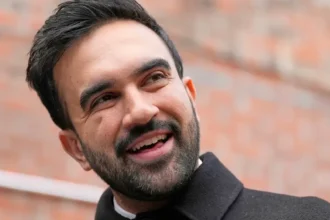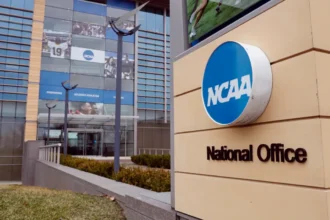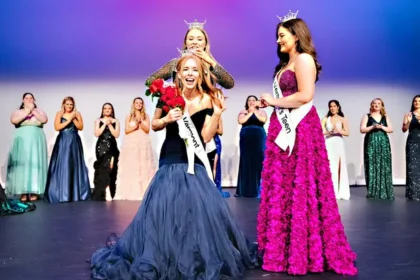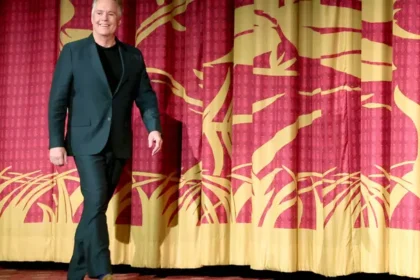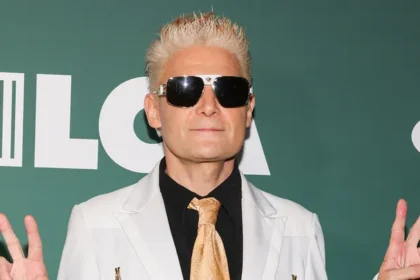Famous guests face heat as hot sauce fuels candid conversations
When celebrities sit down with host Sean Evans on Hot Ones, the format itself becomes the story. By eating increasingly spicy chicken wings while answering probing questions, interviewees drop their polished veneer and reveal unexpected truths. The result: a cultural phenomenon that merges entertainment, vulnerability and virality.
Since its debut in 2015, Hot Ones has grown from a YouTube novelty into a mainstream media touchpoint. The show’s signature tag line “hot questions and even hotter wings” signals that this is not your typical PR tour. Instead of sitting behind the safe desk of a late‑night show, the guest shares sweat, laughter, discomfort and, often, authenticity in a way traditional interviews rarely capture.
The format that breaks the mold
The structure is simple but effective: celebrities face ten (sometimes more) wings, each coated in a sauce that’s spicier than the last. As the heat intensifies, their bodies react, their speech becomes looser, and the usual rehearsed responses give way to real emotion and reflection. Host Sean Evans matches the pace, eats the wings too, and asks questions that range from hard‑hitting to personal. The heat becomes a tool of revelation.
Guests include actors, musicians, athletes and even heavyweight chefs big names who are used to controlling their public image. On Hot Ones, the wing‑eating creates a kind of equalising effect: under the burn, they all look and feel human. Viewers watch not only for the celebrity’s answers, but for that moment when the sauce takes over. The result is high engagement and frequent viral clips.
Why it resonates
Several factors propel the show’s popularity. First, it taps into the internet’s love for spectacle and pain‑pleasure: watching someone brave The Last Dab sauce, grimace, sweat and soldier on, is undeniably compelling. Second, it blurs the line between talk show and performance art: the guest is under genuine challenge, not just in dialogue but in body. Third, it monetises authenticity in a world saturated with polished messaging. Audiences sense when someone is real and Hot Ones creates the conditions for real to emerge.
Moreover, the show’s format feeds social‑media culture: short clips of celebrity reactions, stunned expressions, commentary on the sauces, and memes proliferate quickly. The result: each episode extends far beyond YouTube into Twitter threads, TikTok reactions and Instagram memes.
The brand behind the burn
Beyond the interviews, Hot Ones has evolved into a full‑blown brand. There are sauces, merchandise, spin‑offs and live events. Sean Evans, once just a host, is now a cultural figure a conduit for this fusion of food, pop culture and media. He and his team have turned chicken wings into a potent vehicle for conversation, entertainment and brand extension.
Thought‑provoking beneath the spice
While the show is often fun and irreverent, it also frequently delivers insightful moments. Under heat, celebrities open up about their careers, failures, fears and motivations. Some discuss anxiety, identity, mortality. The wings become a kind of confessional booth under duress. In that sense, Hot Ones offers something deeper than laughter it offers human snapshots under pressure.
For example, highly guarded stars have let slip moments of true vulnerability as their sinuses flare and their cadence falters. Evans’ skill lies in timing his question right when the heat peaks, catching the guest in a fleeting state of openness. The result: hundreds of episodes filled with laughter, surprise revelations and rawness.
The cultural ripple effect
Hot Ones’ influence extends beyond YouTube. It has changed expectations for celebrity interviews, challenging the notion that celebrities must always be polished. It has encouraged other interviewers to introduce disruption into their formats whether food‑based, challenge‑based or environment‑based—to strip away comfort and invite honesty.
Additionally, the show has elevated spicy‑food culture into mainstream conversation. Sauce brands team up with the series, wing challenges become viral trends, and the phrase “Last Dab” enters everyday lexicon among younger audiences. Hot jokes, hot wings and real talk merge.
Challenges and future paths
With success comes questions. Some critics ask whether the shock value of extreme spice risks overshadowing substance. Others wonder if the format will grow stale or fall into gimmickry as the novelty fades. Sean Evans and his team have responded by expanding the brand live shows, alternate formats, and deeper‑dive interviews but the core challenge remains: keeping the heat real and the conversation meaningful.
Moreover, the brand must balance entertainment with the health implications of constant spice. The show handles this subtly, but for guests the physical toll is real. Yet for many viewers the physicality is part of the draw theis shared human struggle.
Final thoughts
Hot Ones has carved out a unique space in contemporary media: part celebrity interview, part performance art, part foodie spectacle. By turning one of the simplest foods chicken wings into a stage for vulnerability, Sean Evans and his show have changed how we engage with famous people and their stories. In an age of polished interviews and scripted appearances, this is raw, real and audibly sizzling.
If the format continues to evolve while maintaining its heart equal parts challenge and conversation it seems poised to remain a cultural fixture. For now, each new episode is a cautionary tale and a promise: even big stars break a sweat and when they do, we watch, laugh and listen.






